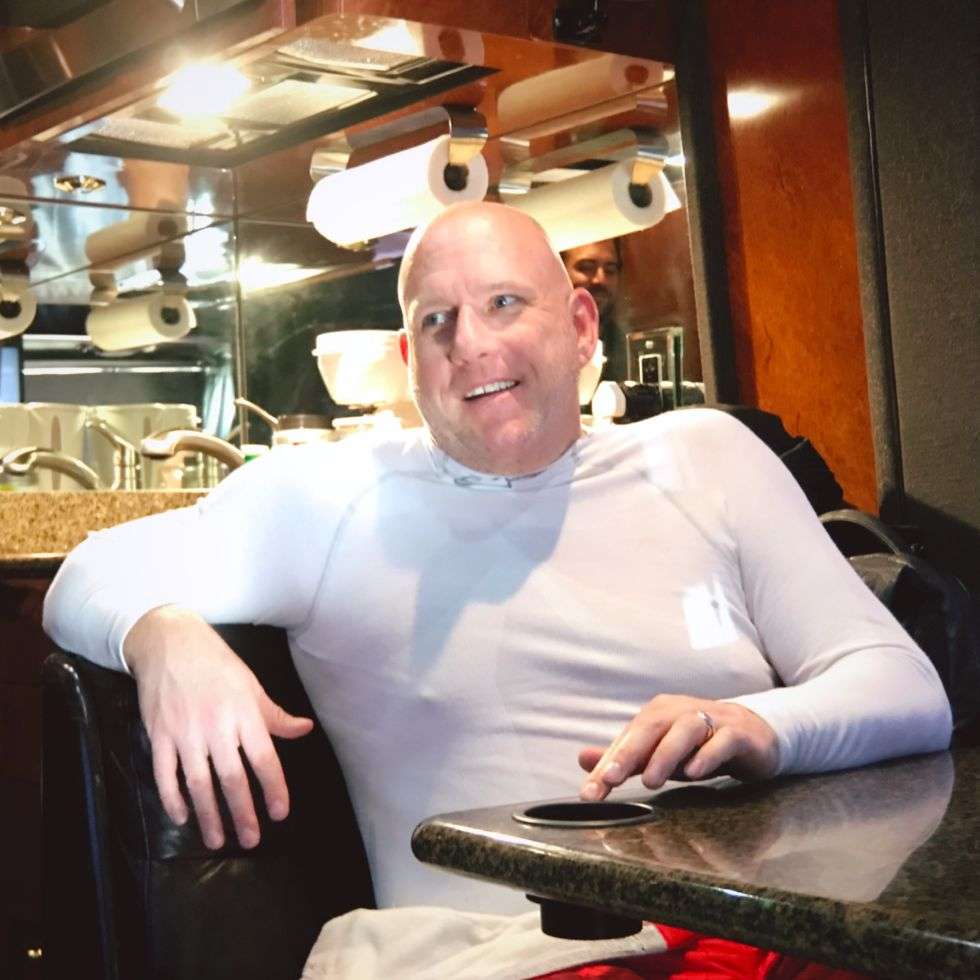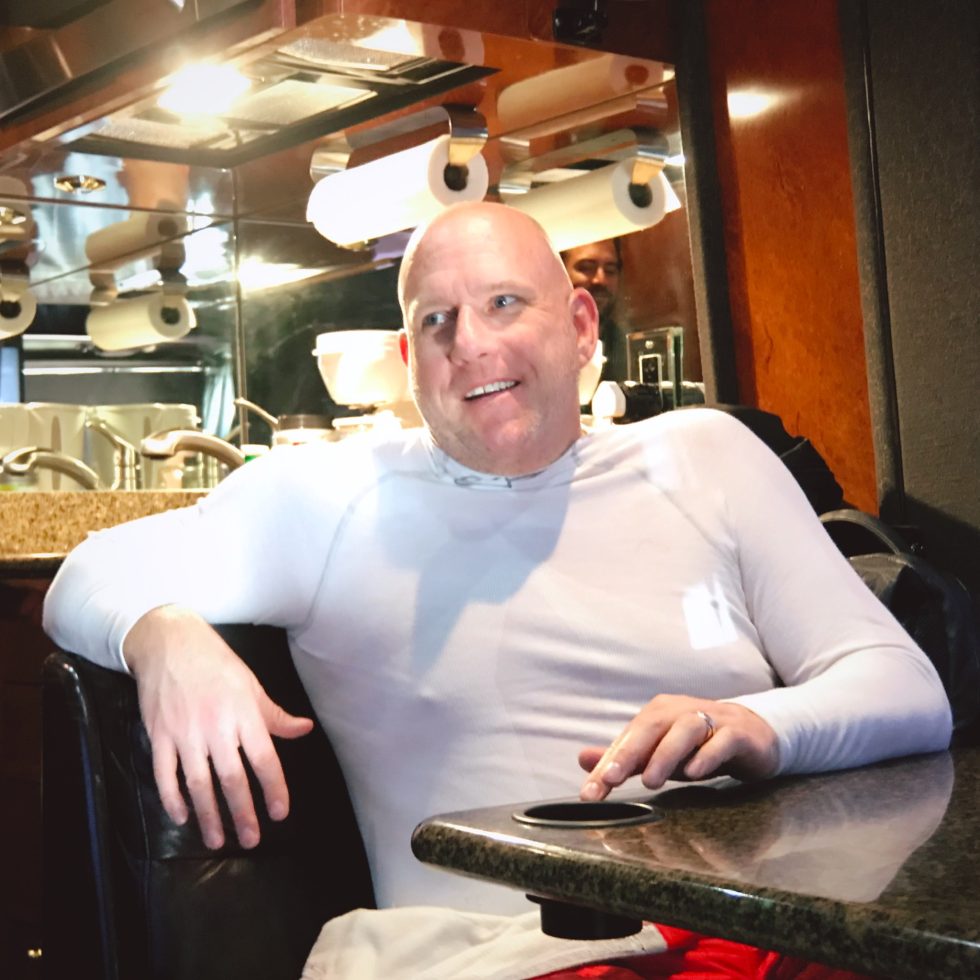
The Gentleman Driver on Netflix looks at the world of amateurs in racing
-

Paul Dalla Lana talks to Ars about why he takes time out of a busy life to get dressed up in fireproof clothes to drive a car around a track. [credit: Elle Cayabyab Gitlin ]
Over the years there have been a number of good documentaries on the world of endurance racing. There’s just something fascinating about the motivation and perseverance needed to compete at the highest level in long distance classics like the 24 Hours of Le Mans. Back in the 1970s there was Le Mans, the Steve McQueen movie that, while it has a plot, is really closer to a documentary—after all, there’s not a word of dialogue for the first half-hour. In the late 2000s we got the wonderful Truth in 24, about Audi’s highly successful Le Mans program, then a sequel. More recently we’ve had Journey to Le Mans and Sir Chris Hoy: 200mph at Le Mans, and now Netflix has just added The Gentleman Driver.
As the name suggests, this latest documentary looks at the role of the amateur racers that compete at the highest level of the sport, in the World Endurance Championship (WEC). Of the four classes that race at Le Mans and in this series, two of them are for pro-am teams. As the documentary explains, OEMs come and go as corporate priorities change, but the wealthy amateur has always been the backbone of the sport, and some of them are actually quite good at it. As we both happened to be at Daytona at the end of January, I got a chance to chat with Paul Dalla Lana, one of the drivers featured in the documentary, to find out a bit more about why he bothers spending so much time and money on this sport.
“Good teammates and a good team always make the difference. The sport has a big tradition of gentleman drivers being involved, it’s something that drives the customer side of racing all around the world, and now more and more you’re seeing these opportunities to merge in with factory racing and the truly pro configurations. It’s a great part of the sport and it’s nice that so many of us gentlemen are having success out there and pushing ourselves to places you never thought you’d be, right? Because it’s one of the cool thing about this sport—you can really go up and compete at the highest level if you’re prepared to put in the time and energy. There’s not too many sports that afford you that opportunity.”
As it turns out, Dalla Lana’s story isn’t that of a kid who grew up racing then had to give it up, only to return to the sport once he became financially successful in other endeavors. So when exactly did he start racing?
Read 3 remaining paragraphs | Comments




